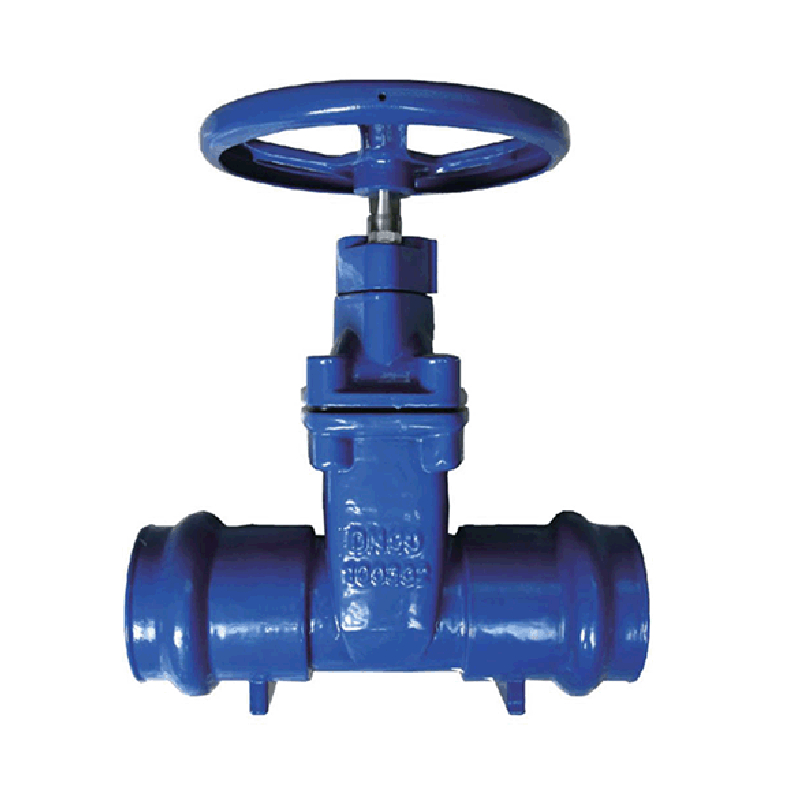Dec . 06, 2024 00:22 Back to list
api wafer type butterfly valve
Understanding API Wafer Type Butterfly Valves
Butterfly valves are crucial components in various industrial applications, especially in fluid control systems. Among the numerous designs and types available, the API wafer type butterfly valve stands out due to its unique structure and functional benefits. This article delves into the characteristics, applications, advantages, and installation considerations regarding API wafer type butterfly valves.
What is an API Wafer Type Butterfly Valve?
An API wafer type butterfly valve is a quarter-turn valve that utilizes a rotating disc to regulate fluid flow. The term wafer refers to the valve's compact design, which allows it to fit snugly between flanges in a piping system without requiring additional support. This design is in accordance with the American Petroleum Institute (API) standards, which ensure the valve's performance, durability, and versatility in various applications.
The basic structure of a wafer type butterfly valve consists of a circular disc mounted on a central shaft. When the handle or actuator turns, the disc rotates on its axis, allowing or restricting flow through the valve. This simple but effective mechanism allows for a quick and efficient flow regulation.
Key Features and Benefits
1. Compact Design The wafer construction enables these valves to have a shorter face-to-face dimension compared to traditional valves, making them an ideal choice for installations where space is limited.
2. Lightweight API wafer type butterfly valves are generally made of lightweight materials such as aluminum, stainless steel, or PVC. This weight advantage simplifies handling and installation, reducing overall labor costs.
3. Versatility These valves can be used for a wide variety of fluids, including water, oil, gas, and even corrosive substances, depending on the materials used in construction. Their versatility makes them suitable for various industries, including water treatment, HVAC, chemical processing, and oil and gas.
4. Low Pressure Drop The streamlined design of the disc minimizes turbulence in the flow path, leading to a low-pressure drop across the valve. This characteristic improves system efficiency and reduces energy consumption.
api wafer type butterfly valve

5. Easy Operation With a quarter-turn operation, these valves can be quickly opened or closed, providing an efficient method for regulating flow.
6. Cost-Effective The materials and manufacturing processes used to create API wafer type butterfly valves make them cost-effective options for many applications, providing excellent value without compromising quality.
Applications
API wafer type butterfly valves are employed in a myriad of applications due to their adaptability. Some common uses include
- Water and Wastewater Treatment They are often used to control flow in treatment plants. - Pipelines Ideal for regulating flow in pipelines carrying liquids and gases. - HVAC Systems Commonly found in heating, ventilation, and air conditioning systems for flow management. - Chemical Processing Used in various processes due to their resistance to corrosive materials.
Installation Considerations
While API wafer type butterfly valves are generally easy to install, there are several considerations to keep in mind
- Alignment Ensure the valve is correctly aligned between piping flanges to prevent undue stress on the valve and ensure a proper seal. - Seal Type Depending on the application, the choice of a sealing material is vital for maintaining efficiency and preventing leaks. Fluoroelastomers, for example, are excellent for chemical applications. - Support Structures While wafer type valves are lightweight, additional supports may be required in larger systems to maintain stability.
Conclusion
API wafer type butterfly valves are a reliable, efficient, and versatile choice for fluid control in various industrial applications. Their compact design, low-pressure drop, and simplicity in operation make them an attractive option for many engineers and operators. Understanding their features, benefits, and installation requirements is essential for effective implementation in any system. As industries continue to evolve and demand greater efficiency, API wafer type butterfly valves will undoubtedly play a pivotal role in fluid management solutions.
Share
-
Reliable Wafer Type Butterfly Valves for Every IndustryNewsJul.25,2025
-
Reliable Flow Control Begins with the Right Ball Check ValveNewsJul.25,2025
-
Precision Flow Control Starts with Quality ValvesNewsJul.25,2025
-
Industrial Flow Control ReliabilityNewsJul.25,2025
-
Engineered for Efficiency Gate Valves That Power Industrial PerformanceNewsJul.25,2025
-
Empowering Infrastructure Through Quality ManufacturingNewsJul.25,2025